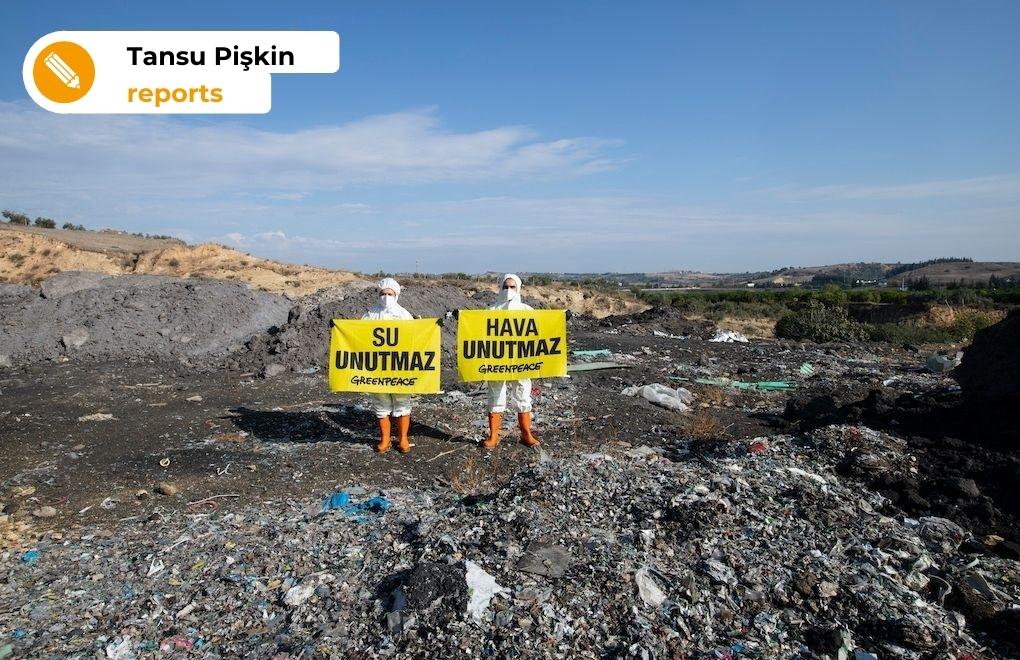Photos: Serço Ekşiyan
Click to read the article in Turkish
We have talked to underwater camera operator Serço Ekşiyan about the sea snot/mucilage problem, which has been spreading in almost the entire Sea of Marmara since March, causing a halt in fishing and negatively affecting the underwater ecosystem.
The Sea of Marmara is an inland sea in northwestern Turkey linking the Black Sea in the north and the Aegean Sea in the south.
Ekşiyan, who has been capturing underwater since November 2006 and has participated in studies on mucilage, said that sea snot has existed in the Marmara Sea for years, but this is the first time it has been observed in such a large amount and for such a long time.
.jpg)
"Similar above-water images were also seen in November 2006. At that time, officials from İstanbul University's Faculty of Hydrobiology and İstanbul Metropolitan Municipality's (İMM) Environmental Protection came to Büyükada and found me, and I showed them the underwater images I had taken. I also shared information until it disappeared in April 2007.
Note: In 2007, the dissolved oxygen level in the Sea of Marmara was higher than it is today. Despite this, the mucilage structure was only able to break down in two years at that time. Currently, the oxygen level in Marmara is much less. Therefore, there is no hopeful development regarding the fate of the mucilage. |
"It started again in November 2007 and 2008 and I shared my observations with İstanbul University's Hydrobiology Faculty. It disappeared in April that year. In the following years, I saw its presence underwater in very small amounts, but it was insignificant. Until November 2020..."
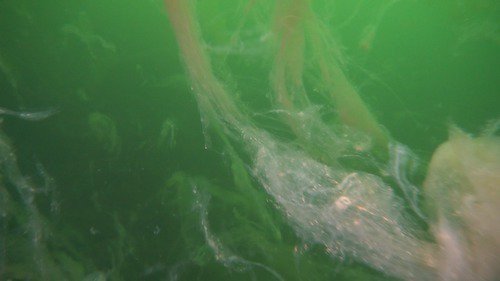
"We got the first signals from the fishing nets"
Ekşiyan, who lives in Büyükada, understood the first signals of mucilage this year when it started to cling to the fishing nets and render the nets dysfunctional. They were increasingly coming across it during their dives;
"When Prof. Dr. Mustafa Sarı from Bandırma 17 Eylül University Maritime Faculty called me and asked, 'The situation is not good for us, how is it for you", the seriousness of the situation increased. All winter, we continued to share information and images with Prof. Mustafa. In the meantime, small and large fishing boats were unable to do their fishing activities due to the mucilage, which made the mesh of their nets dysfunctional by filling them."
.jpg)
Corals can't breathe
The mucilage, which gave its first signals in November 2020, did not disappear in April this year, as it always did in previous years, according to Ekşiyan's transmissions.
Note: The reason for the formation of mucilage in November is due to the water current from the Black Sea, where the sea level is higher, to the Mediterranean. This current slows down as the water level decreases in October, and after the Black Sea is fed by the water resources and rises in the spring, the current accelerates again. This moves the sea. As stagnation, which is one of the triggers of the mucilage, decreases, the mucilage begins to disintegrate. |
Ekşiyan shared with bianet the images he took underwater and said that the marine ecosystem is now facing great danger and that mucilage is causing great damage to the continuity of life under the sea.
.jpg)
.jpg)
.jpg)
.jpg)
.jpg) Damage caused by mucilage settling on soft corals. They become unable to breathe and feed and die.
Damage caused by mucilage settling on soft corals. They become unable to breathe and feed and die.
Prof. Dr. Mustafa Sarı, on the other hand, made a post on his social media account, stating that he dived into the Sea of Marmara after the mucilage. Prof. Dr. Sarı wrote "Right now it starts at the surface and goes down to 30 meters deep. I just dived into the Sea of Marmara this morning and could not go deeper than 12 meters. We came back from 12 meters because we couldn't see what was in front of us even though we had flashlights."
What is mucilage, and why does it emerge?
The mucilage, defined by fishermen as "nez", foam or snot, is the intense proliferation and color spiral of Gonyalux fragilis, a type of phytoplankton from one-celled plant creatures.
Although mucilage, which shows itself more in calmer seas, is natural, it can damage the ecosystem when it grows excessively.
The Turkish Marine Research Foundation (TÜDAV) states that this yellow, white, colored mud-like substance has been seen and spread frequently above and below the water in the Black Sea, Marmara, and Aegean Seas in the last two years.
The Marmara Environmental Monitoring Project (MAREM), which has been drawing attention to the mucilage problem in the Sea of Marmara since 2007, points out that such anomalies are an indicator of the level of pollution in the sea. Project manager Levent Artüz emphasizes that mucilage, which has a very sticky and contagious structure, can bring the end of life in the sea.
Stating that the vast majority of fish eggs are found on the surface of the sea and the eggs on the surface lose their chance of survival by being trapped in the mucilage, Artüz says the same is true for the larvae. According to the information Artüz conveyed in 1+1 Forum, the mucilage collapses over time on creatures that cannot move such as mussels, oysters, and tunicates and covers the sea meadows and cuts off their contact with light.
On the other hand, experts explain the causes of mucilage as the loss of oxygen in the sea due to filling the coasts and wastes and the rise in temperatures in the Mediterranean Basin due to global climate change.
What about the Sea of Marmara?
Looking at the sea surface temperature data, the temperature of the Sea of Marmara this year is 2.5 degrees above the average of 40 years, in other words, there is an anomaly of 2.5 degrees.
Around 25 million people live around the Sea of Marmara. Nearly half of Turkey's industry is located around it as well. In other words, all domestic, industrial, and agricultural wastes go directly or indirectly to the Sea of Marmara.
What should be done?
Scientists say that the most important thing to do against mucilage is not to dump untreated waste into Marmara.
Another suggestion is to start work as soon as possible to develop a new waste management policy that also takes into account climate change. (TP/DCE/VK)





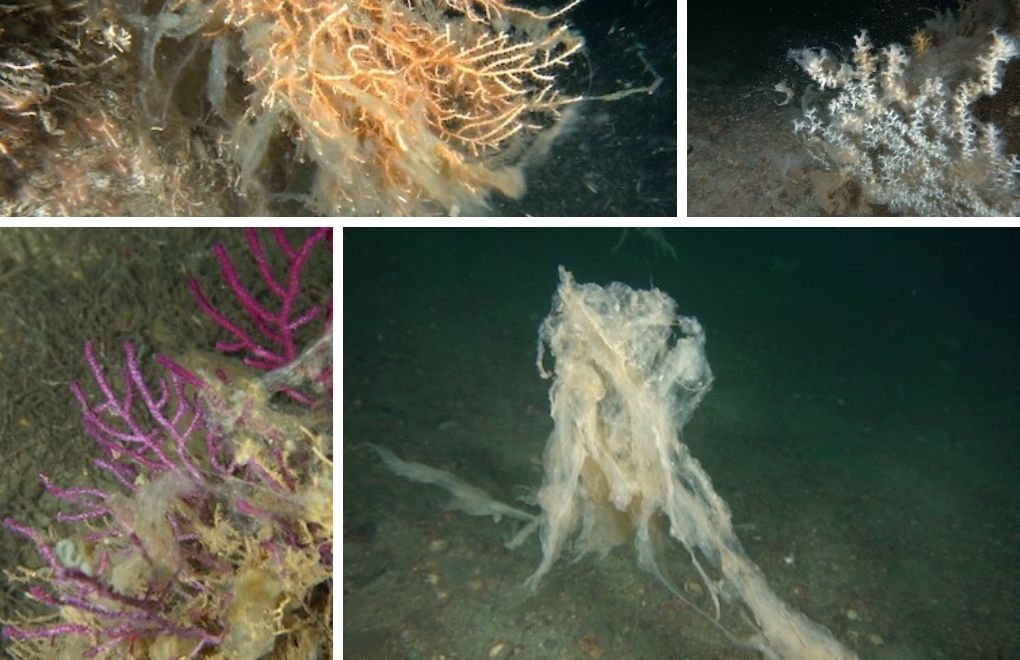
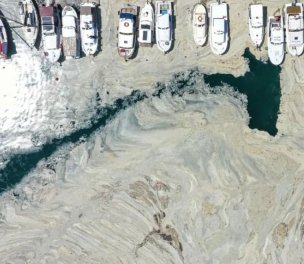
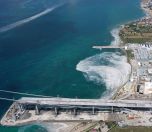
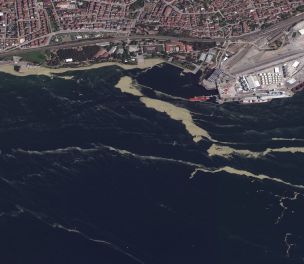



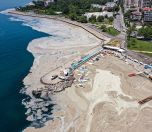
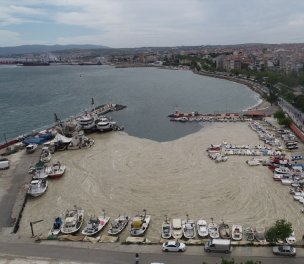
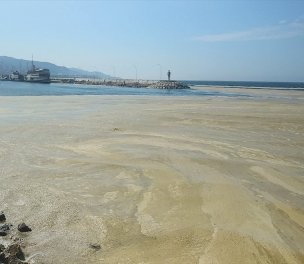
.jpg)
.jpg)
